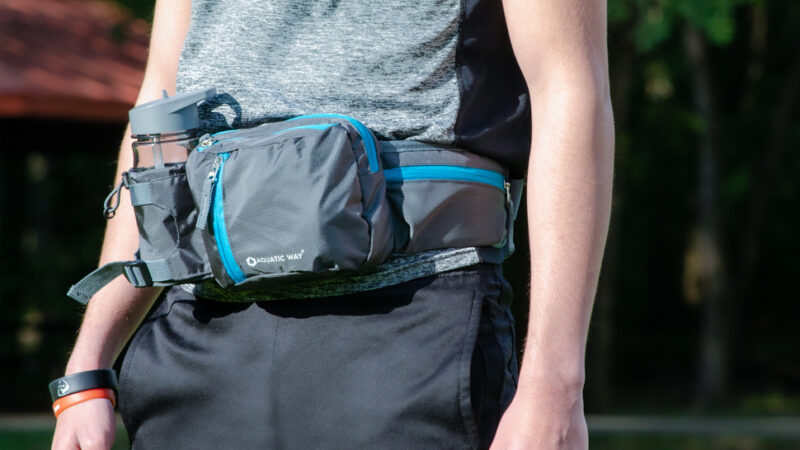The Benefits and Risks of Following a Very Low Calorie Diet
To lose weight quickly, you should follow a very low calorie diet (VLCD). A VLCD diet restricts your daily caloric intake to a maximum of 800–1,000 calories per day. This diet can lead to rapid weight loss but has some potential risks. In this article, we’ll look at the benefits and risks of following a VLCD and some tips for making the diet safer and more effective.
Benefits of a Very Low Calorie Diet
One of the main benefits of a VLCD is that it can lead to rapid weight loss. Because you’re drastically reducing your calorie intake, your body must use its fat stores for energy. It can result in rapid weight loss in a short period of time.
Another benefit is that a VLCD can improve blood sugar control in people with diabetes. Restricting calories can help to reduce blood sugar levels, which can help to reduce the risk of diabetes-related complications.
Risks of a Very Low Calorie Diet
There are several potential risks associated with following a VLCD. One of the biggest risks is that it can lead to nutritional deficiencies. Because you’re drastically reducing your calorie intake, you’re also drastically reducing your intake of essential vitamins and minerals. It can lead to various health problems, including anemia, fatigue, and weakened immunity.
Another potential risk is that it can lead to gallstone formation. Rapid weight loss can cause the body to produce excess cholesterol, leading to the formation of gallstones.
Finally, a VLCD can lead to muscle loss. Because you’re not consuming enough calories, your body may start to break down muscle tissue for energy. It can lead to a decrease in muscle mass and strength.
Tips for Making a VLCD Safer and More Effective
If you plan to follow a VLCD, a few tips can help make it a safer and more effective weight loss strategy.
First, make sure you’re getting enough nutrients. Even though you’re drastically reducing your calorie intake, you still need to ensure you’re getting the right vitamins and minerals. Taking a multivitamin can ensure that you’re meeting your nutritional needs.
Second, make sure you’re getting enough protein. Protein is essential for maintaining muscle mass, so ensuring you’re getting enough of it is important. Try to include lean sources of protein in every meal.
Finally, make sure you’re drinking enough water. Water is essential for weight loss, so make sure you’re drinking at least eight glasses a day.
Conclusion
A VLCD can lead to rapid weight loss but has potential risks. To make sure you’re getting the most out of your diet, get enough nutrients, protein, and water. Following these tips can help to make your VLCD safer and more effective.







